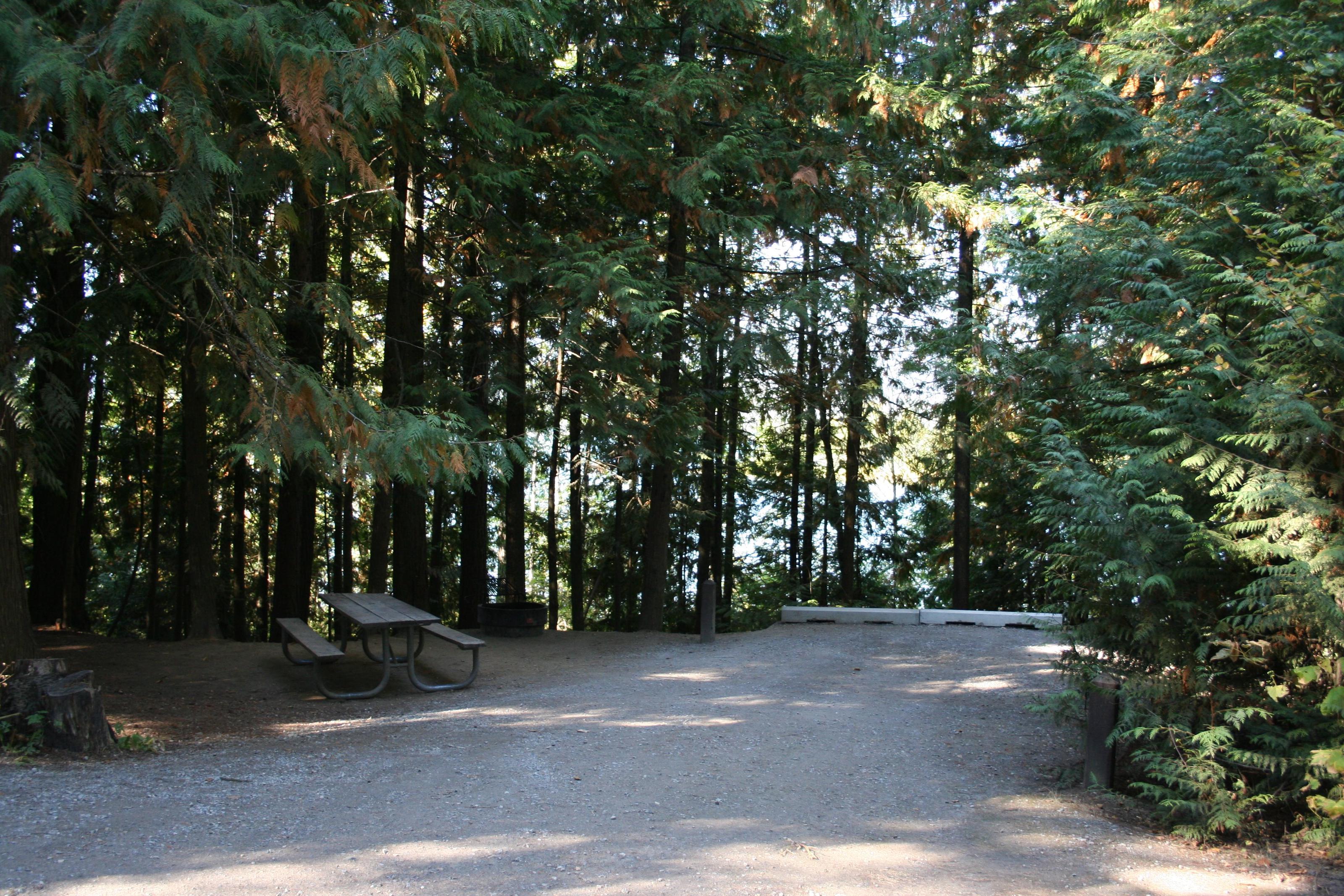


The monument area contains animals and plants such as black bears, pine martens, mule deer, coyotes, quaking aspen, black cottonwood, alder, and willows, Dark-eyed juncos and white-crowned sparrows are common in the summer. The elevation of the national monument is between 7,200 and 8,200 ft (2,200 and 2,500 m), and the flora and fauna are typical of the western Sierra Nevada at these elevations. Influential Californians, including John Muir, persuaded the federal government to stop the demolition and, in 1911, President William Howard Taft protected the area as a National Monument. Later, a proposal to build a hydroelectric dam called for blasting the Postpile into the river. The monument was once part of Yosemite National Park, but discovery of gold in 1905 near Mammoth Lakes prompted a boundary change that left the Postpile on adjacent public land. The monument was established in 1911 as "Devil Postpile National Monument," but is widely referred to as Devils Postpile National Monument, and has been officially styled as plural without the apostrophe since the 1930s. Rainbow Falls at Devils Postpile National Monument Excluding a small developed area containing the monument headquarters, visitor center and a campground, the National Monument lies within the borders of the Ansel Adams Wilderness. In addition, the John Muir Trail and Pacific Crest Trail merge into one trail as they pass through the monument. It encompasses 798 acres (323 ha) and includes two main attractions: the Devils Postpile formation and Rainbow Falls, a waterfall on the Middle Fork of the San Joaquin River. The monument protects Devils Postpile, an unusual rock formation of columnar basalt. National Monument located near Mammoth Mountain in Eastern California.


 0 kommentar(er)
0 kommentar(er)
